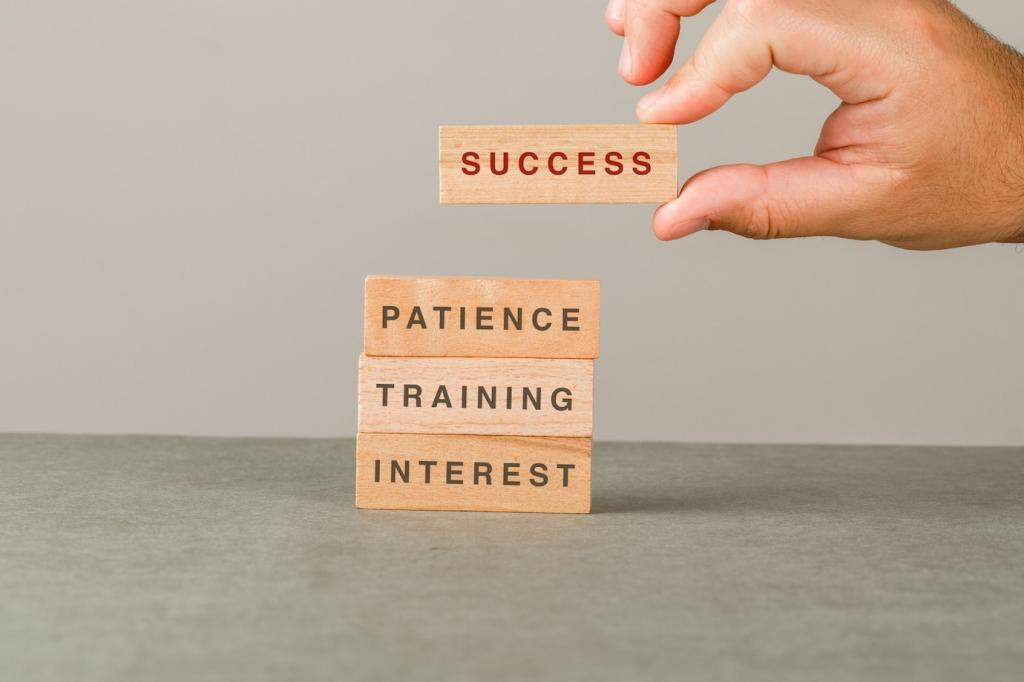Real Stories from the Field
Facing pressure, a CTO postponed release after a candid risk review. She explained trade-offs publicly, shipped a smaller fix, and set a new date. Customer trust rose, churn fell, and her team learned decisive transparency. Share your own moment of courageous delay or pivot.
Real Stories from the Field
A school principal admitted burnout to staff and formed cross-grade problem teams. Within weeks, discipline incidents dropped and teachers reported higher morale. Vulnerability created shared ownership. What help could you request this week that would unlock momentum for your organization?
Real Stories from the Field
Doubting program effectiveness, a director built a simple outcomes dashboard. Seeing early wins reduced anxiety and sharpened funding pitches. The board re-invested, and the team celebrated learning. Which metric would calm your inner critic if tracked consistently for ninety days?







